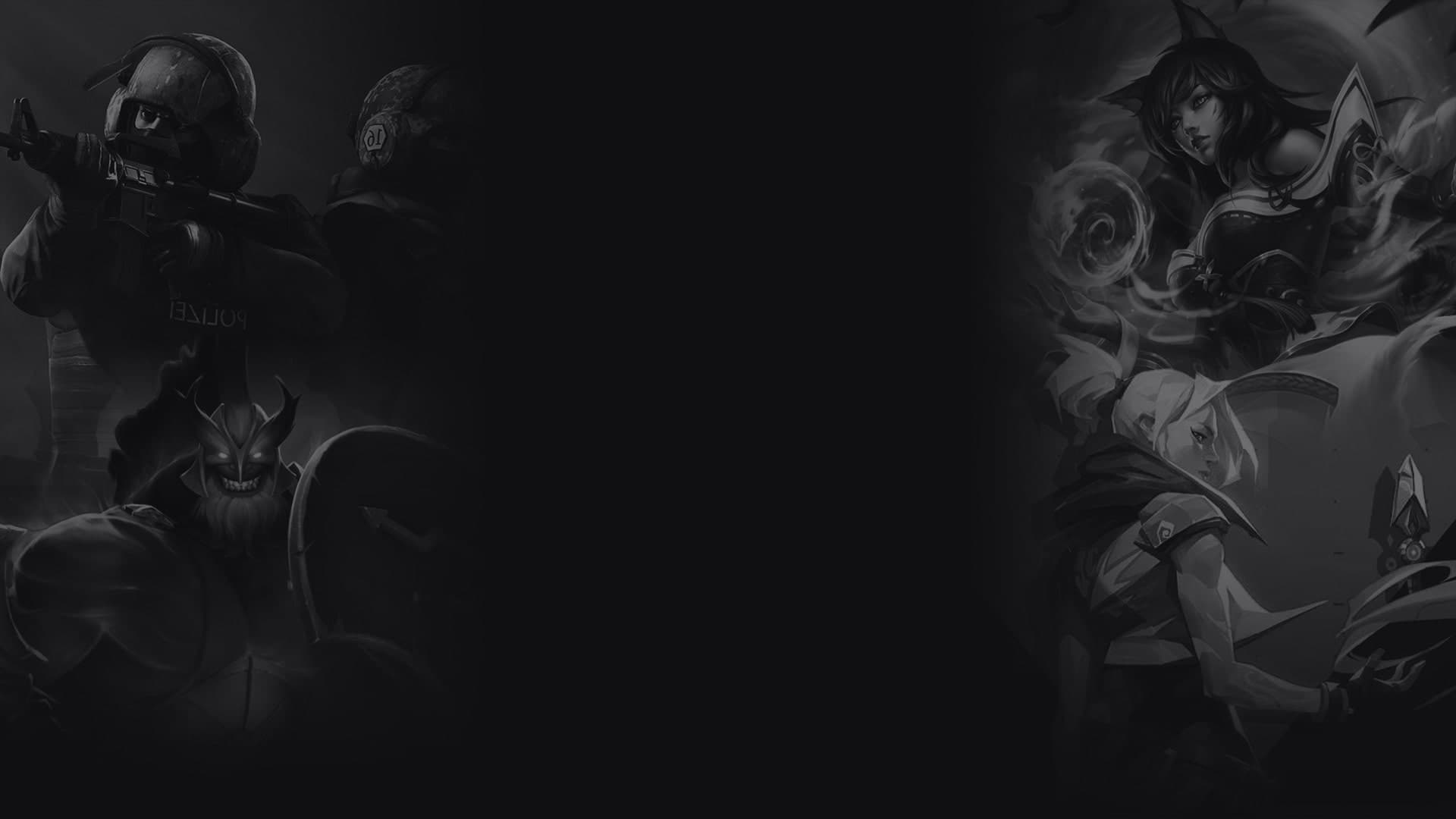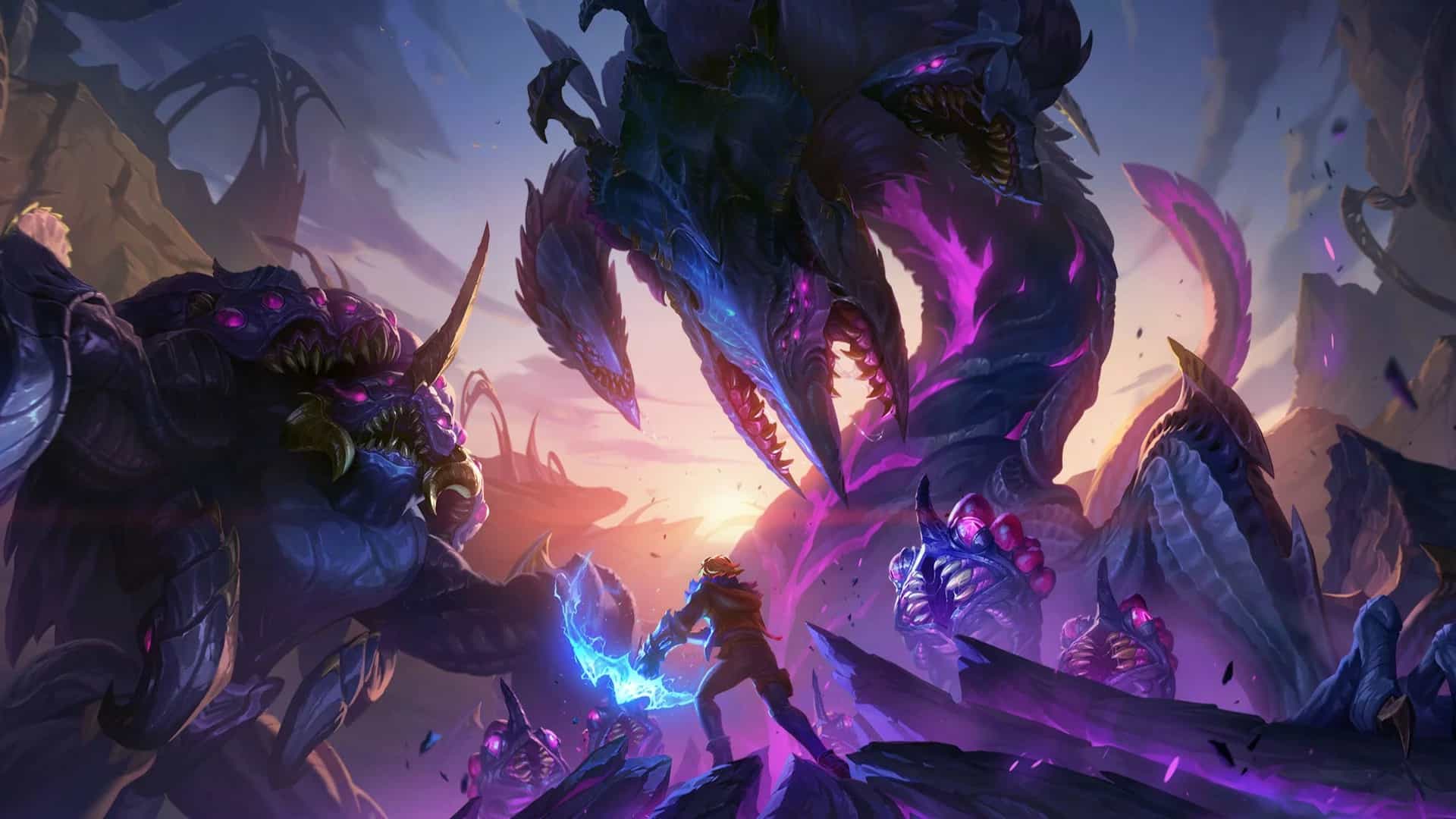How do League of Legends ranks work? All Ranks Explained
At the core of every multiplayer game is the competitive game mode. The bread and butter of most multiplayer games, it is the crucible for the majority of the player base to test their mettle and skills, by climbing the ladder and attaining higher and higher ranks.
That said, for any new player coming into one of said games, it can be a daunting endeavor to begin one’s ranked experience. The dive into a completely different and more ferocious experience. Hence, we have curated a comprehensive beginner’s guide to the League of Legends ranked experience.
League of Legends Ranked: What is it?
Rank, Ranked Games, or Ranked Play is the premier mode in League of Legends where players battle on Summoner’s Rift for competitive points. Winning or losing grants an additional stake of adding or subtracting LP (League Points). Reaching certain thresholds of LP levels up the player to the next tier and so forth.
How to Unlock Ranked Game Mode?
An account must be at least level 30 and own at least 20 champions. Champions can be purchased for in-game currency (Blue Essence), which can be earned by simply playing League of Legends or purchased with money.
Ranked Solo/Duo OR Ranked Flex
League offers two different competitive queues. Ranked solo/duo allows parties of solo or duos to queue together. Ranked Flex allows parties of 3 or 5 to queue together. Parties larger than 2 will only be allowed to queue for the latter. It is important to note that parties of 4 are not allowed to queue together.
Starting out Competitive: Placement Games
Placement games are the initial games each new player will need to play when they first begin their competitive journey. Each player will have to play a total of 5 games to allow Riot’s system to place their starting rank.
It is also important to note that placement games will need to be repeated at the beginning of every new season as the ranks will reset, which takes place twice a year, once in January and the other in the middle of the year.
Doing well in placements will allow a player to jump several ranks and potentially start with a higher rank to begin their journey.
All League of Legends Ranks
- Iron
- Bronze
- Silver
- Gold
- Platinum
- Emerald
- Diamond
- Master
- Grandmaster
- Challenger
How Does the Rank System Work?
The League system is comprised of 10 tiers. Master, Grandmaster, and Challenger are considered consolidated ranks, meaning they have no divisions, only rating. All ranks below have 4 divisions each, descending in numerical order to indicate rising skill rating (IV-I).
For example: an Emerald player that has ranked up from Emerald IV to Emerald 1 will now have to begin again in Diamond IV.
Players promote and demote through the LP system, first through divisions then tiers. Each division is separated by 100 LP. Earning a 100 LP will promote the player to the next tier or division.
For Master, Grandmaster, and Challenger tiers, divisions do not exist. As mentioned, a rating system will be in place instead, a ranked ladder that will be updated every 24 hours, meaning a continuous grind will be needed to maintain one’s rating.
The success and failure of other players on the ladder will affect your own position on the ladder, moving you up or down as well.
To promote from Master to Grandmaster, one will need a minimum of 200 LP and depending on the current rating of the lowest Grandmaster in your region, you will have to earn more LP than them in order to take their spot.
Challenger begins at 500 LP (roughly), but similar to Grandmaster, includes the stipulation of earning more LP than the lowest ranked Challenger in your respective region.
The LP System
As mentioned earlier, LP or League Points is the visible system in which the competitive mode revolves around. The competitive mode as a whole runs on two parts: the visible system of LP, and the invisible system of MMR (Matchmaking Rating).
Each account has a determined MMR rating and is used for matchmaking (finding games/teammates/opponents/LP gains and losses). LP is the visible indicator that reflects how much one has gained/lost from a particular game, how far off one is from their next rankup, and so forth.
It is important to note that the MMR is the most important value and determines your LP. How much your lose and earn is all based on MMR.
The more games you win and the better you perform, the higher your MMR value will become. This in turn increased the amount of LP you earn per game.
Essentially, if you are earning a lot of LP, it is an indicator that Riot’s system believes that you are performing higher than average for your current rank and is attempting to move you more quickly to a higher tier/division.
The reverse is also true. If you find yourself earning less than average LP, it may be an indicator that your MMR is currently lower than what it should be at the given rank or rather, you are performing worse on average for your current rank and the game’s system is attempting to correct for it by slowing down your ascent.
Penalties/Allowances in Ranked Mode
- Dodging
- Decay
- Demotion
Dodging in Ranked Mode will result in LP loss. First dodge equates to 3 LP loss and a 6-minute queue cooldown. 2nd dodge within 24 hours will be a 10 LP loss and 30-minute queue cooldown. Any consecutive dodges will result in a 10 LP loss and a 12-hour ban from League.
Decay only applies to the consolidated ranks on the rank ladder. Players on the ladder must play at least 1 ranked game per day to maintain their rating. Otherwise, LP decay will kick in and they will lose 75 LP.
Demotion applies when an account has hit zero LP within a given division. Depending on the account's MMR, a certain number of losses will still be allowed before being demoted to a lower division/tier.
League of Legends Ranked Mode Seasons and Splits
The League of Legends Ranked Mode is categorized each year as a season and is separated into two splits, one beginning on January 11th and the other in the middle of the year.
Credit: League of Legends // Riot Games
Read More:
Doublelift blocked from joining Team Liquid in off-season: Story So Far

